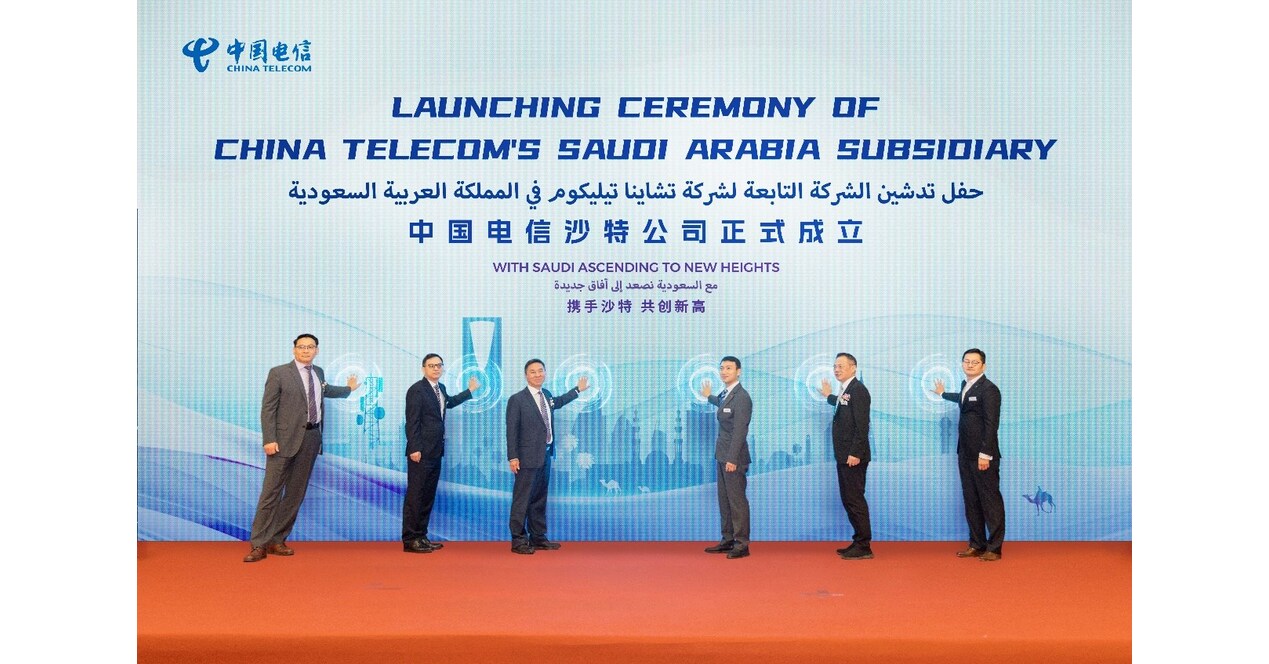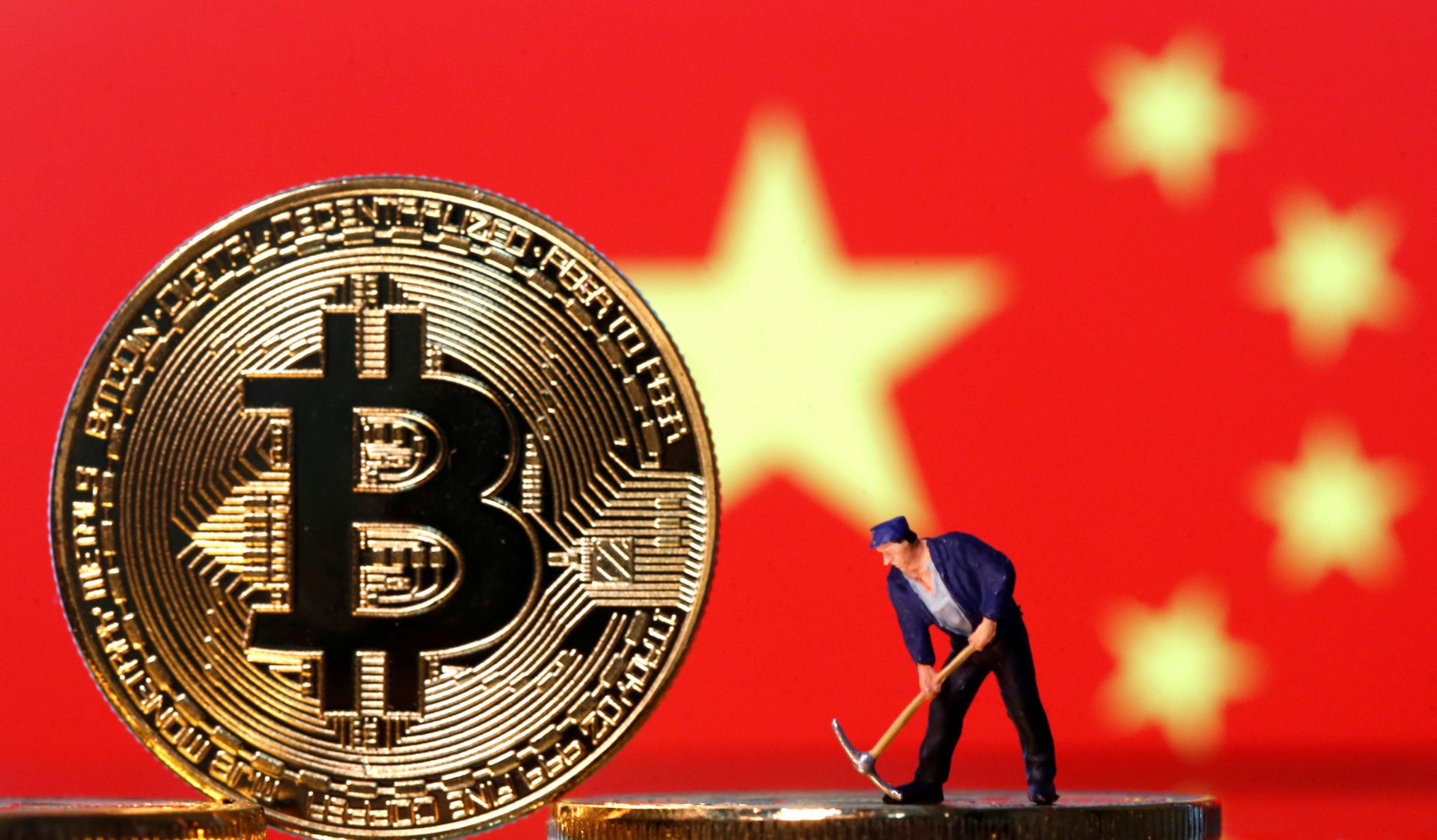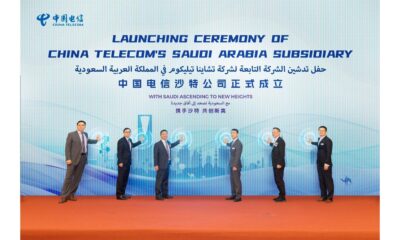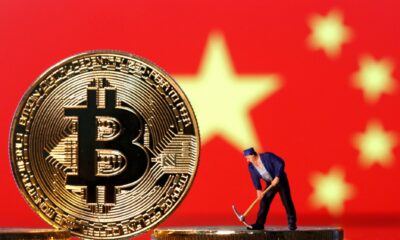China
Hong Kong’s Police Force: A Timeline
On Sept. 28, as images of officers firing tear gas against peaceful pro-democracy protesters spread around the world, the Hong Kong police force’s hard-won reputation as “Asia’s Finest” took a hit. A look at some important dates in the history of the city and the force.
On Sept. 28, as images of officers firing tear gas against peaceful pro-democracy protesters spread around the world, the Hong Kong police force’s hard-won reputation as “Asia’s Finest” took a hit. A look at some important dates in the history of the city and the force.
Measured on a purchasing power parity (PPP) basis that adjusts for price differences, China in 2009 stood as the second-largest economy in the world after the US, although in per capita terms the country is still lower middle-income.
The Chinese government seeks to add energy production capacity from sources other than coal and oil, and is focusing on nuclear and other alternative energy development.
The country’s per capita income was at $6,567 (IMF, 98th) in 2009.
Available energy is insufficient to run at fully installed industrial capacity, and the transport system is inadequate to move sufficient quantities of such critical items as coal.
The disparities between the two sectors have combined to form an economic-cultural-social gap between the rural and urban areas, which is a major division in Chinese society.
China has acquired some highly sophisticated production facilities through trade and also has built a number of advanced engineering plants capable of manufacturing an increasing range of sophisticated equipment, including nuclear weapons and satellites, but most of its industrial output still comes from relatively ill-equipped factories.
The market-oriented reforms China has implemented over the past two decades have unleashed individual initiative and entrepreneurship, whilst retaining state domination of the economy.
Both forums will start on Tuesday.
In 2009, global ODI volume reached $1.1 trillion, and China contributed about 5.1 percent of the total.
China is aiming to be the world’s largest new energy vehicle market by 2020 with 5 million cars.
Although China is still a developing country with a relatively low per capita income, it has experienced tremendous economic growth since the late 1970s.
Since the late 1970s, China has decollectivized agriculture, yielding tremendous gains in production.
China is the world’s largest producer of rice and wheat and a major producer of sweet potatoes, sorghum, millet, barley, peanuts, corn, soybeans, and potatoes.
Sheep, cattle, and goats are the most common types of livestock.
There are also extensive iron-ore deposits; the largest mines are at Anshan and Benxi, in Liaoning province.
China is among the world’s four top producers of antimony, magnesium, tin, tungsten, and zinc, and ranks second (after the United States) in the production of salt, sixth in gold, and eighth in lead ore.
Coal is the single most important energy source in China; coal-fired thermal electric generators provide over 70% of the country’s electric power.
China’s economy, though strengthened by the more liberal economic policies of the 1980s and 90s, continues to suffer from inadequate transportation, communication, and energy resources.
Read more here:
Hong Kong’s Police Force: A Timeline
Business
China Telecom Gulf Officially Launches Operations in Saudi Arabia for Business Expansion

China Telecom Gulf was launched in Riyadh, enhancing digital cooperation between China and Saudi Arabia under the “Belt and Road Initiative,” with a focus on technological innovation and infrastructure development.
China Telecom Gulf Launches in Riyadh
On November 21, 2024, China Telecom Gulf was officially inaugurated in Riyadh, symbolizing a significant advancement in China Telecom’s internationalization efforts and commitment to the "Belt and Road Initiative." The event was attended by over 100 dignitaries, including Mr. Liu Guiqing, Executive Director of China Telecom Corporation, and Mr. Fawaz from the Industrial and Commercial Bank of China Riyadh Branch, marking a milestone in fostering a shared future between China and Arab nations.
Commitment to Digital Transformation
In his speech, Mr. Liu highlighted China Telecom’s dedication to collaborating with Saudi enterprises and local governments to enhance digital infrastructure. By leveraging its expertise in technologies like 5G and artificial intelligence, the company aims to provide high-quality communication services, thereby driving socio-economic growth in the region.
Strategic Partnerships for Growth
During the launch, China Telecom Gulf signed strategic agreements with several prominent companies, including Saudi Telecom Company and Huawei. These collaborations are geared towards optimizing digital experiences for Saudi customers and contributing to the broader Sino-Saudi cooperation in technology and economic development, solidifying China Telecom’s role in the Middle Eastern telecom landscape.
Source : China Telecom Gulf Officially Launches in Saudi Arabia for Business
China
India Initiates a Shift in Security Focus Regarding China Amid Economic Ambitions
Since 2014, India’s Modi government aimed to boost manufacturing through the Make-in-India campaign. However, tensions with China led to increased scrutiny of Chinese investments post-COVID-19, limiting their influence.
Modi’s Manufacturing Push
Since Narendra Modi took office in 2014, his administration has focused on boosting the manufacturing sector’s contribution to India’s GDP. The launch of the Make-in-India campaign aimed to enhance manufacturing capabilities and attract foreign direct investment (FDI), even in sensitive sectors such as defense and railways, thereby fostering economic growth.
Shift in Economic Relations
During this period, Chinese companies like Oppo and ZTE sought to capitalize on India’s manufacturing potential. However, the 2020 COVID-19 pandemic highlighted the need for safeguard measures against potential foreign takeovers. In response, India revised its FDI policy to increase scrutiny on investments from neighboring countries, particularly targeting Chinese investments, which now require governmental approval.
Geopolitical Tensions and FDI Impact
Tensions escalated after the June 2020 Galwan clash, severely straining Indo-China relations. This ongoing border standoff has posed challenges to the evolving dynamics between the two nations. As a result of these geopolitical tensions and pandemic-era policies, Chinese capital inflow to India constituted merely 0.43% of the total FDI from April 2000 to December 2021, highlighting a significant downturn in bilateral economic ties.
Source : India begins a rebalance of security concerns over China and economic aspirations
Business
BRICS: China Classifies Crypto as Property and Prohibits Business Ownership

China’s Shanghai court ruled cryptocurrencies are property, boosting optimism in the crypto industry while maintaining a ban on business transactions. This may signal a shift in future regulations.
China’s Ruling on Cryptocurrency
In a pivotal decision for the nation and its BRICS alliance, China has officially classified cryptocurrency as property while maintaining prohibitions against business transactions involving digital assets. A notable ruling from the Shanghai Songjiant People’s Court affirmed cryptocurrencies as property, sparking optimism within the crypto industry regarding future regulations.
Implications for the Crypto Industry
As cryptocurrencies gain significance globally, the Chinese ruling is viewed as a potential-positive shift amidst ongoing restrictions. While individuals can hold virtual currency, businesses remain barred from engaging in investment transactions or issuing tokens independently. This decision has generated anticipation for more accommodating regulations in the future.
Future Prospects for Cryptocurrency in China
Experts like Max Keiser believe this ruling indicates China’s growing acknowledgment of Bitcoin’s influence. As BRICS nations explore increased cryptocurrency utilization in trade, this legal shift could enhance market demand and lead to greater acceptance of cryptocurrencies as a legitimate asset class, setting the stage for potential developments in 2025.
Source : BRICS: China Rules Crypto as Property, Bars Business Holdings












